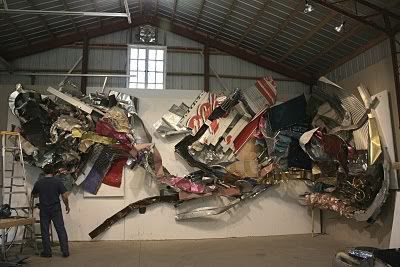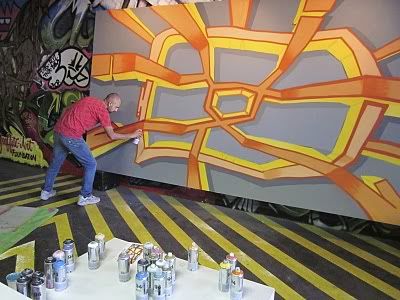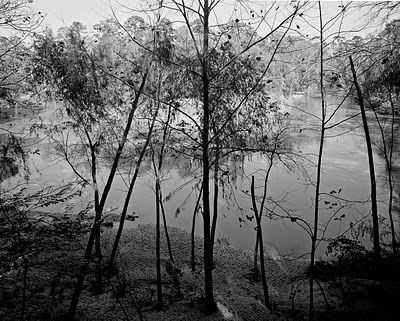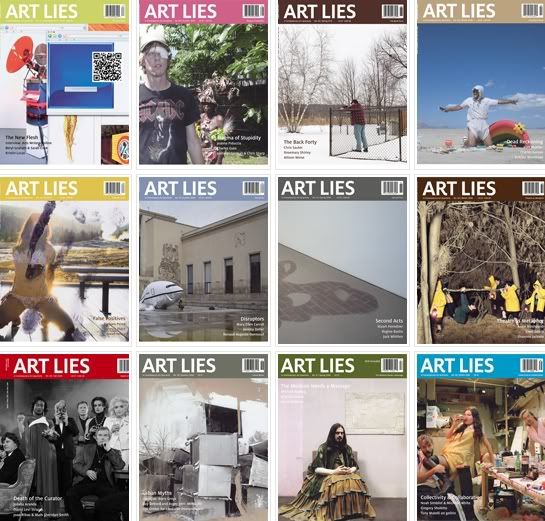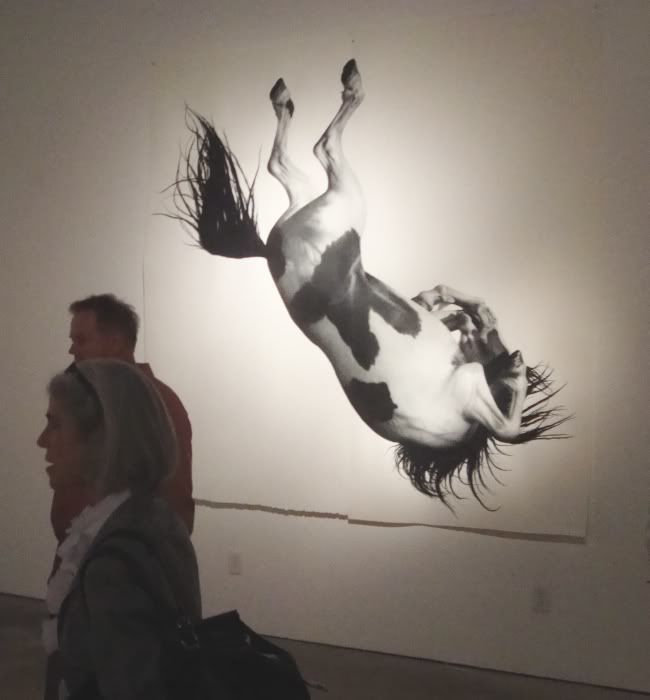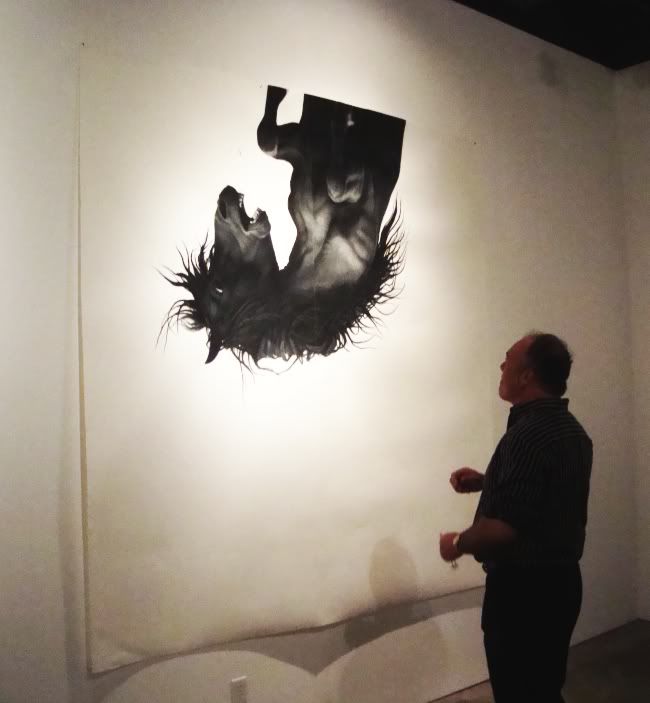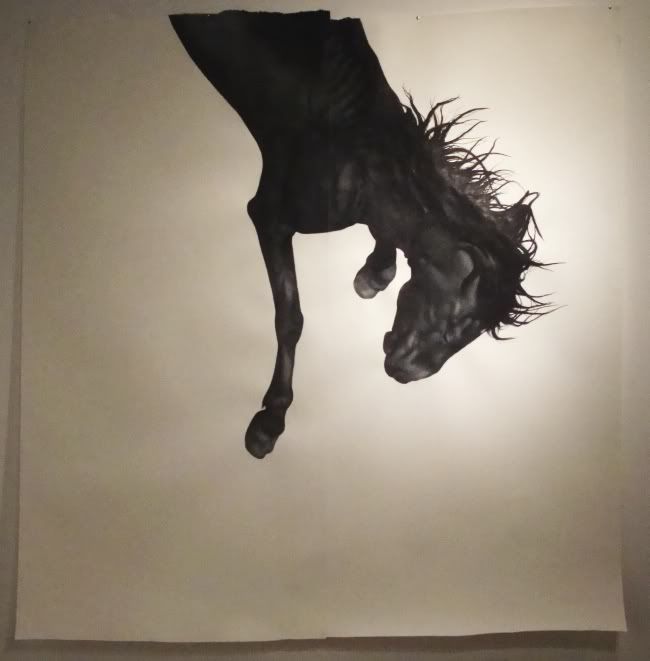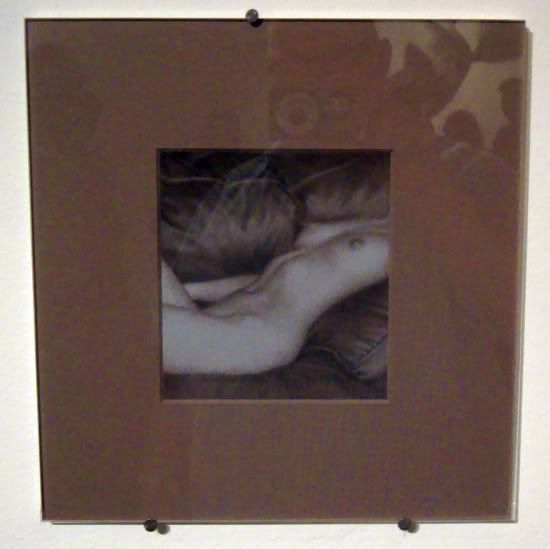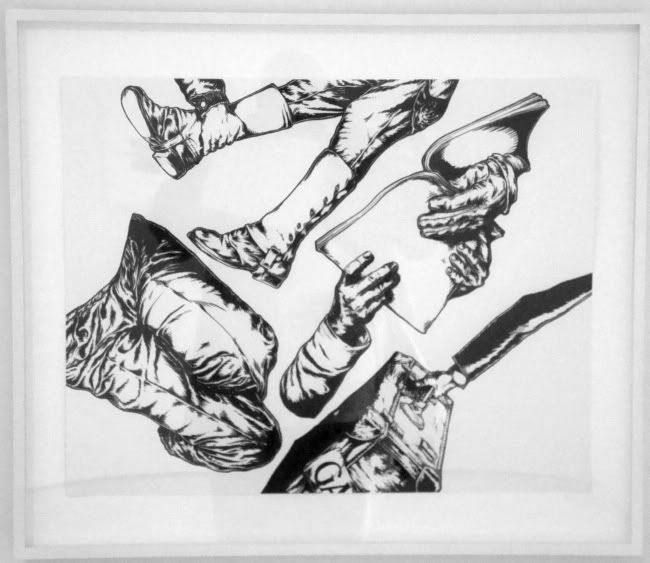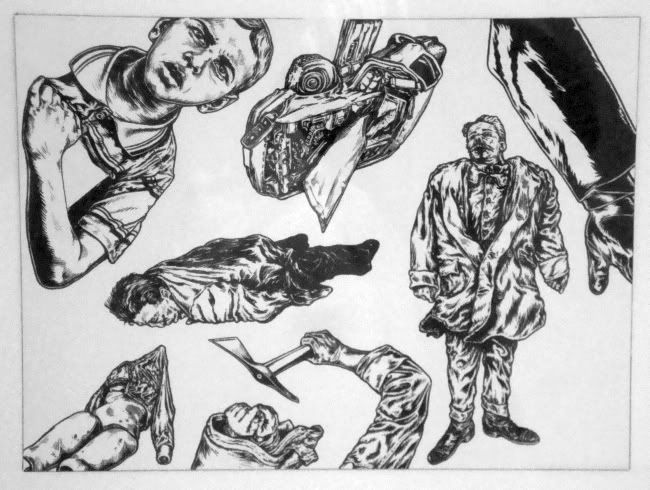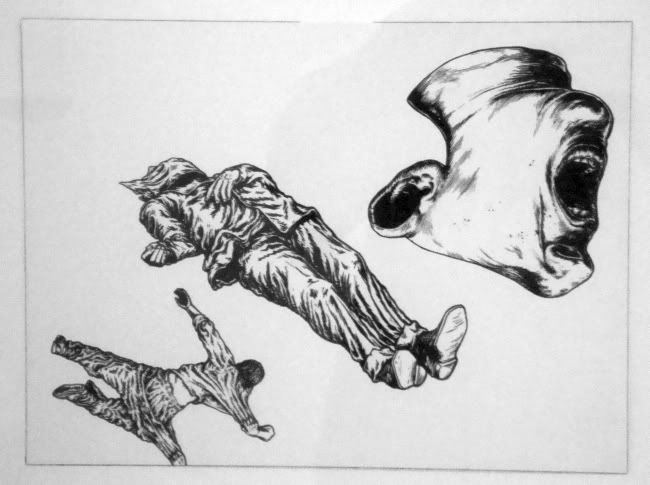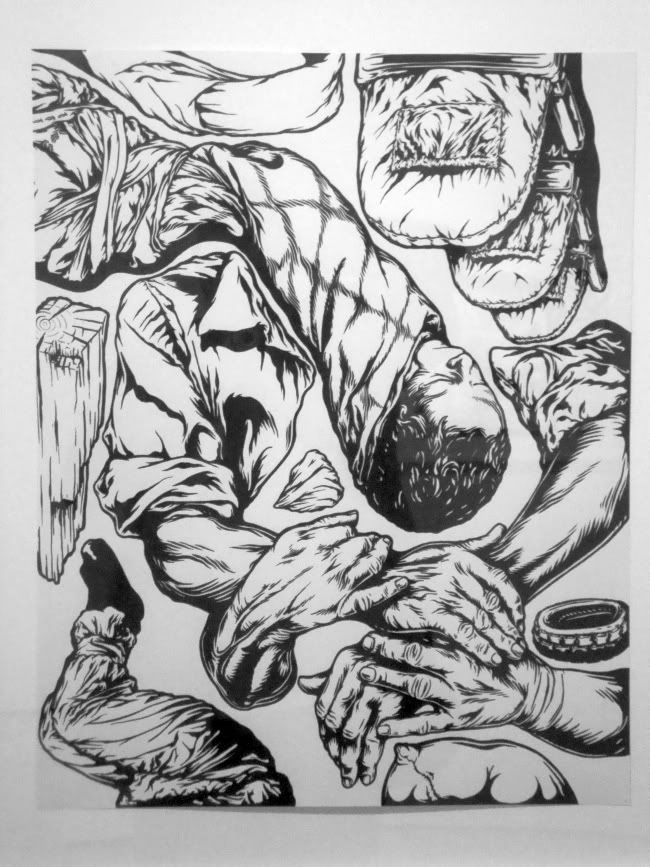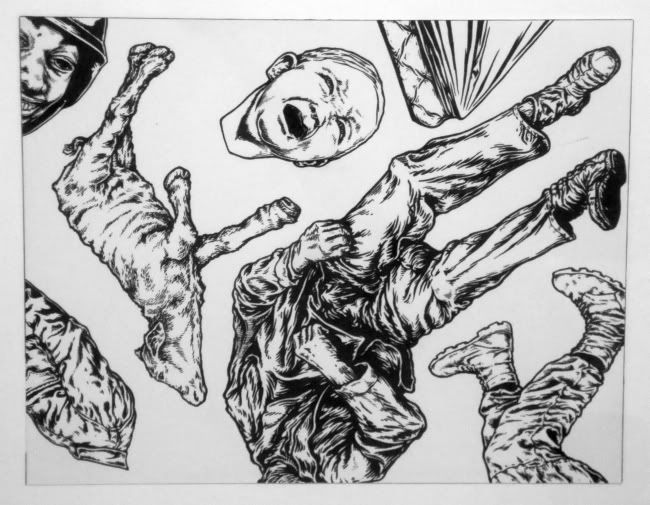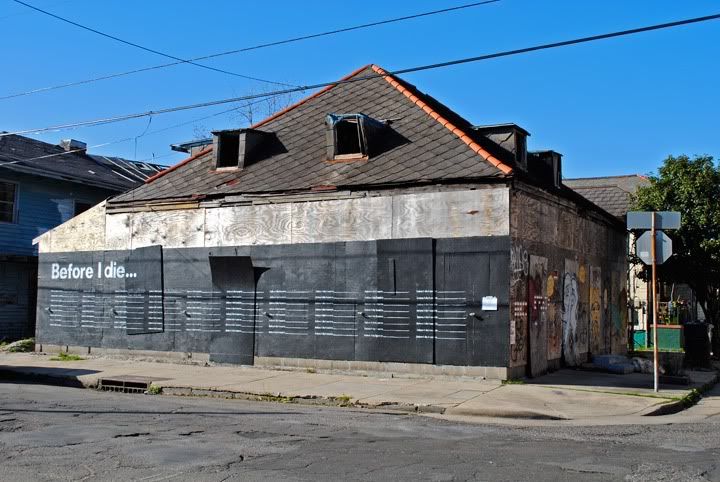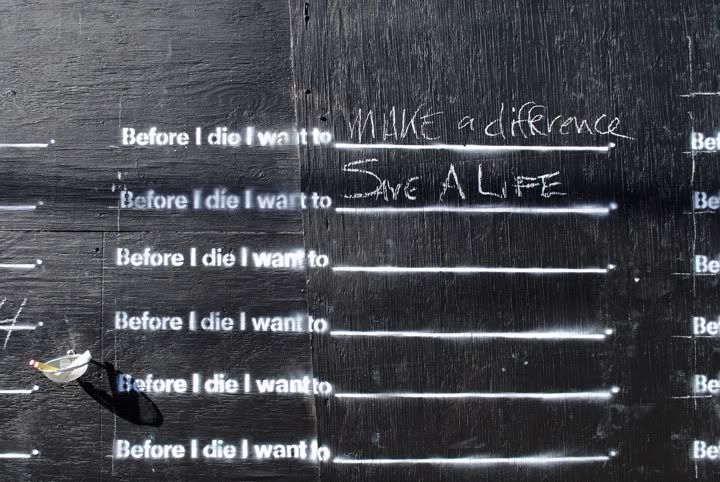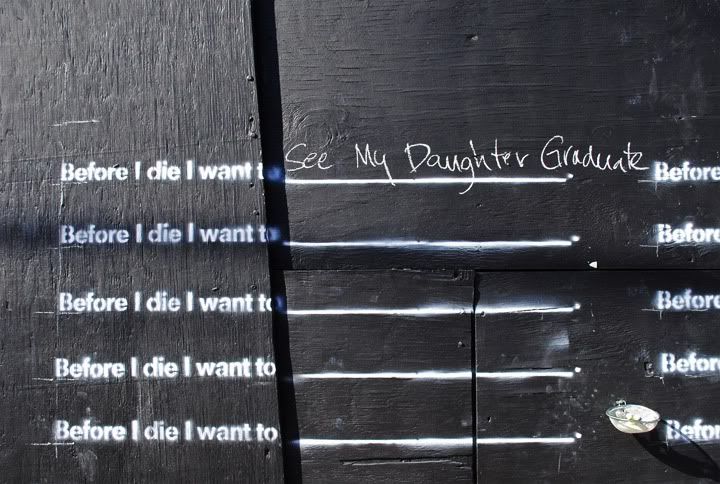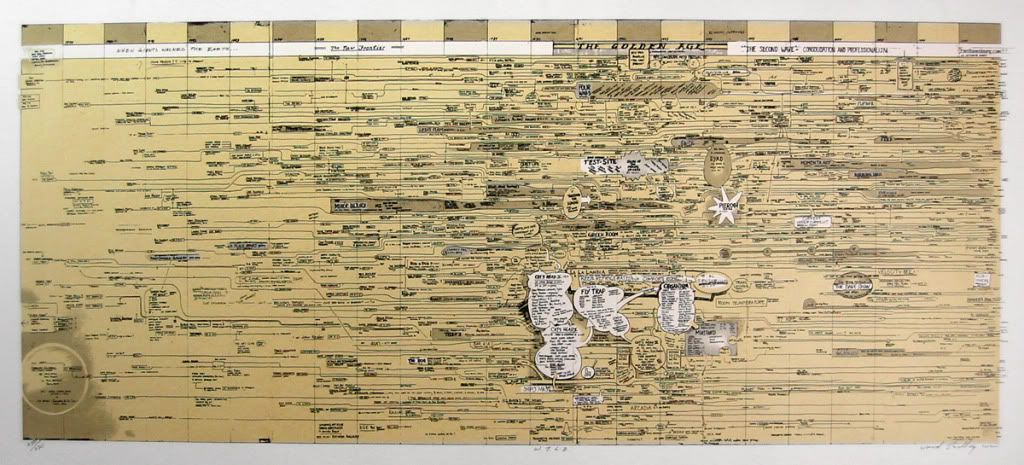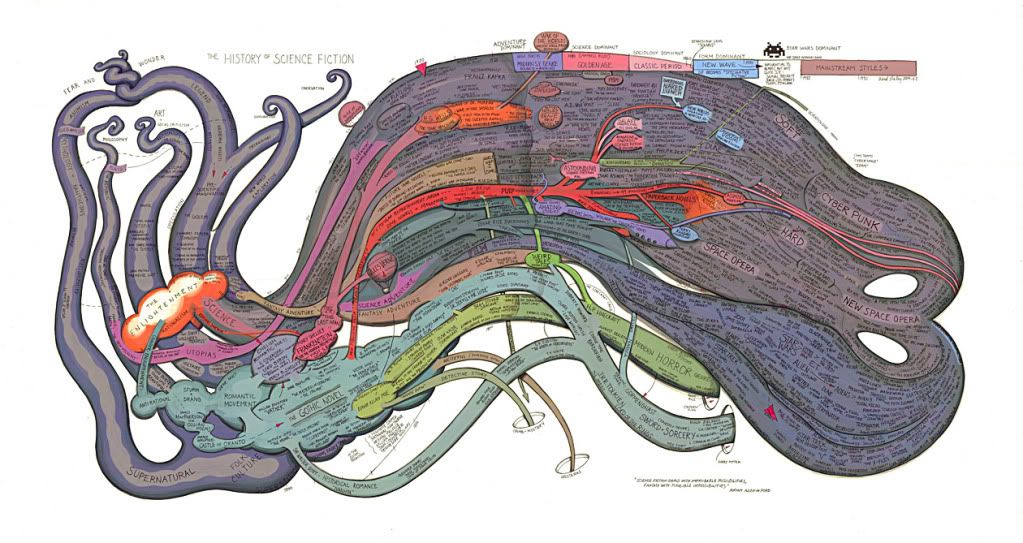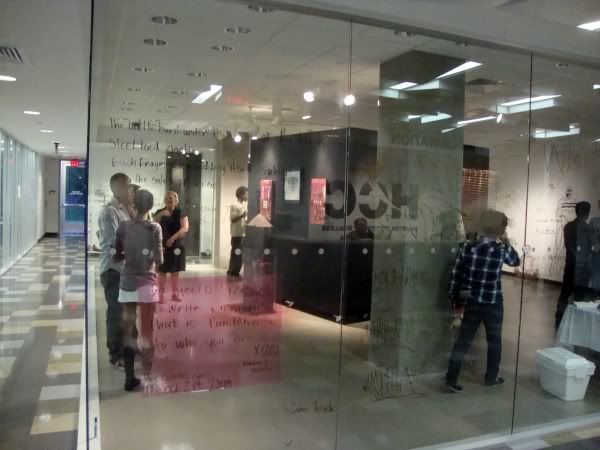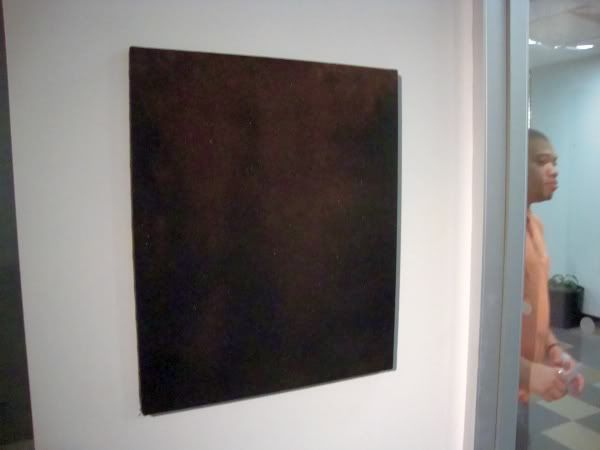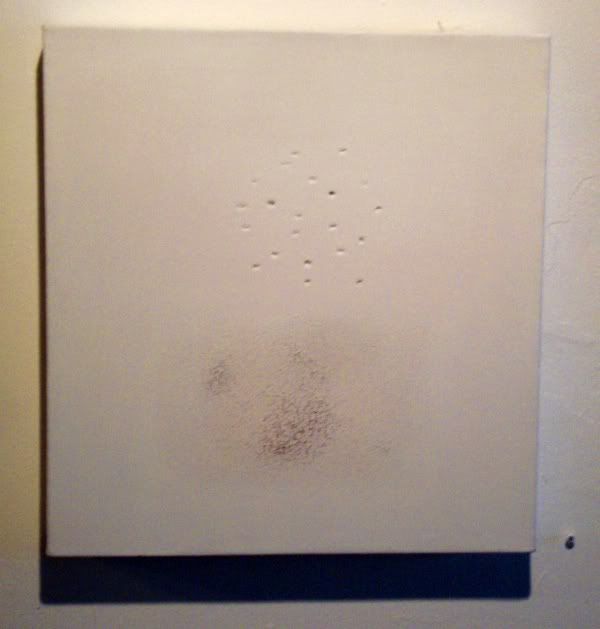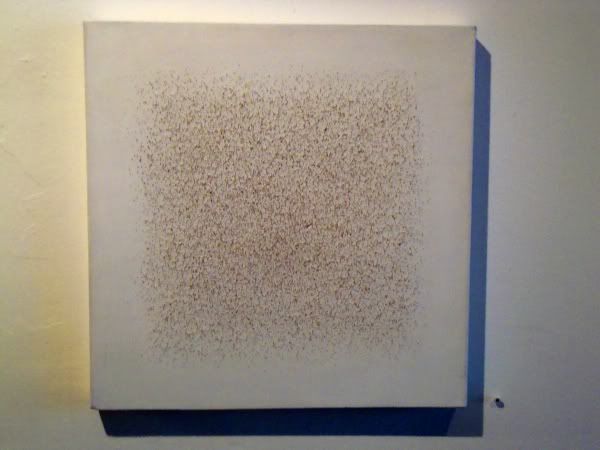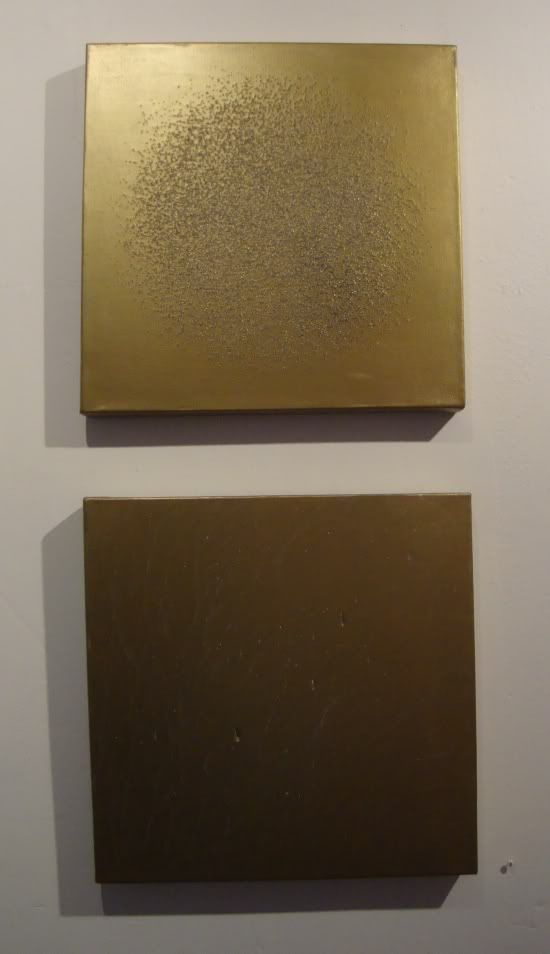One thing I know nothing about is high society, and I fear that anything I would have to say about it would make me sound like a rube. But so be it! Last night I attended the second annual Texan-French Alliance for the Arts art award and auction. The event was held at Decorative Center Houston at Woodway and Sage. A friend wondered why it was being held is such an out-of-the-way place. The answer is obvious--the Decorative Center was perfectly equidistant between River Oaks and Memorial. The second I walked in, I felt under-dressed. I had come straight from work and was in my usual Dockers and white dress shirt (no jacket), but the real reason I felt under-dressed was that so many people there were in finely tailored clothes--designer dresses and bespoke suits. They radiated wealth. It was a very different crowd than one might see at a Box 13 fundraiser--a fact I will return to later.
The space was big and bare and it somewhat overwhelmed the art on display.

(Photo by Robert Boyd)
But the art was very nice--beautiful pieces like this:

Allison Hunter, Untitled (parakeets), Digital color photograph facemounted to non-glare plexi-glass , 2009. (Photo courtesy of TFAA.)
And this:

Susie Rosmarin, Pattern Painting #4, acrylic on canvas, 2010. (Photo courtesy of TFAA.)
(You can see all the work here.)
Many of the artists were present. There was a small selection of French artists and a larger selection of Houston-area artists--people like Jonathan Leach, Francesca Fuchs, Geoff Hippenstiel, Alison Hunter, and Marcelyn McNeil and probably others. David McGee won the big prize for the artists that night--a fellowship to spend some time in Paris.
As I said, there were some knock-out outfits there. I should have taken lots of pictures, but I'm not fashion photographer. But here's one of Martha Finger, who was the co-chair of the event. She was wearing a really va-va-voom dress that night.

(Photo by Robert Boyd)
And as Cary Wolfe (standing behind her) can probably testify, it looks every bit as good from the back!
My friend also made an astute comment--she said there were lots of young faces on old bodies. It was a little freaky. But generally the impression was one of wealth and status. The tickets were $80 apiece (I got in free--I guess because I'm "press".) So I wonder, what does the TFAA have that Box 13 doesn't. I don't mean to pick on Box 13--it could be Freneticore or Labotanica or any scrappy small arts organization in Houston. Don't get me wrong--the TFAA does lovely things. If you liked those amazing Bernar Venet sculptures in Hermann Park (now moved to Oyster Creek Park in Sugar Land), thank the TFAA. But broadly speaking, it's hard for me to say that the TFAA is more important or more deserving than Box 13. The TFAA's revenue in 2009 was over $170,000; Box 13's was $60,000. (Organizations like Lawndale, Project Row Houses, and Diverse Works tend to be closer to $1,000,000 in annual revenue.)
I realize it sounds a bit like I'm setting up a class distinction--TFAA is high society, Box 13 is bohemian. The reason Box 13 is on my mind is that they recently held their big fund-raiser--you can read about it and see pictures here. And they even had at least one crossover artist participate--Jonathan Leach had pieces in both shows. But the crowds were very different, the vibe was different, and the prices at the TFAA auction--while not extravagant--were far higher than what people were paying at Box 13. It was a totally different experience--economically and socially. And I wonder why.
One of the exciting things about the TFAA event was live auction. It was conducted in a very lively manner by Wade Wilson. Has anyone else has ever noticed the striking similarity between Wade Wilson and 70s country crooner Charlie Rich?

Charlie Rich and Wade Wilson
I'm going to start calling Wade Wilson "The Silver Fox." I hope he knows the words to "The Most Beautiful Girl." In any case, he made an excellent auctioneer.

(Photo by Robert Boyd)
Tweet


